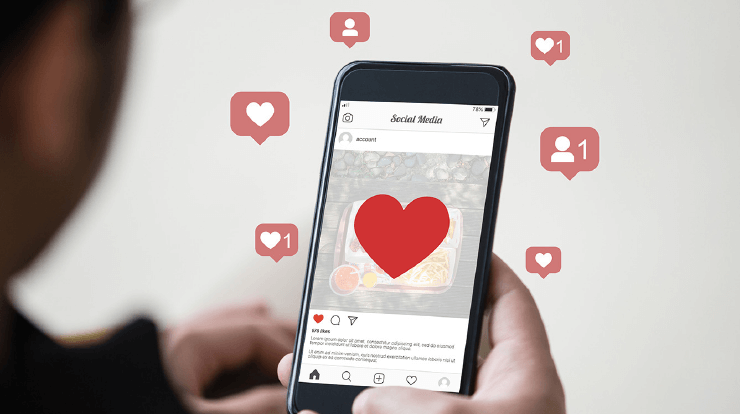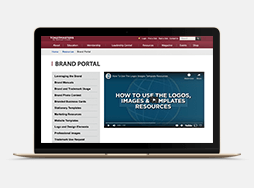
When I started posting videos on YouTube in 2006, I had no idea what YouTube was or what it would become. Sixteen years later social media is my full-time job and I absolutely love it. I did what a lot of early creators did—I winged it. There was no one to teach us because we were the first to create social media content, so we created a lot of the strategies that people use to this day. One of the most important parts of those strategies is branding.
What Is Branding?
Branding is a logo, clothing style, editing style, or type of messaging, but ultimately, branding is a connection and a message. You can have all the strategy in the world but if people don’t get it, connect with it, or connect with you, it matters not.
The biggest mistake I see people make when building a social media footprint is “analysis paralysis,” which is overthinking a situation, such as trying to become as good as another person before even starting. When you are new, no one is watching. This is your time to experiment and figure out what you want your brand to be. Sharing this process with your audience also endears you to them, and they feel like they are part of your growth. These people are at the core of your brand and will follow you everywhere. With social media being so mercurial, you will want to maintain that core for your success, regardless of platform.
Hone Your Message
The next step in building your brand is to hone your message. You have about three seconds to grab the attention of someone on the internet and if they don’t understand who you are right away ... they leave.
My content is based around empowerment and advocacy. The large platform I have allows me a real chance to make an impact. The reason I chose this direction is because I legitimately have a passion for it. That’s one of the most important parts of messaging. You have to be passionate or you will not repeat your message enough to build an audience around it. Too often I see people chasing trends instead of creating them, or focusing on the money and numbers instead of the impact on their audience. Audiences can sense when you don’t truly believe in what you are saying or doing.
Get the Clicks
Once you have built the skills and honed the messaging it’s time to figure out how to get the clicks. People will teach you all the tips and tricks—i.e., Instagram posts with more blue in them will garner more likes because people like blue (this actually works)—but the most important thing is to understand that everything you post uses metadata. Metadata is all the keywords people use to find what they are looking for online. Titles and hashtags are examples of metadata. The higher in the online search you are, the better your platform will do. This doesn’t mean you should find and use the most popular hashtags or clickbait titles. Just think to yourself, What are words people would type to find what I am posting about? What I found works best for getting my brand out there is carving out my own niche and focusing on expanding slowly and with intention. I use Google AdWords to see the competition for certain search terms and use the less competitive ones. Finding less saturated searches will give you more views.
One way to make sure that you stay fresh and relevant on the YouTube platform is by evolving your content style with shifts in the platform. YouTube is constantly changing what works and what doesn’t, so make sure you don’t get left behind. For example, I saw people doing story style content, and the YouTube algorithm was rewarding that. I wanted to make sure my messaging was similar, but packaged in a different way. This is a way of rebranding in the content creation world. I was rewarded for this by having a surge of new followers while maintaining my desire to create positivity on the platform. Keeping your finger on the ever-changing pulse of YouTube is essential for longevity.
All of the tips and tricks and trends can give you success in the short term and can be valuable. However, if you want to last in the industry, your branding and your product should be you. You will be the only constant throughout your journey to building an online brand. If you truly love what you do and stay consistent with your messaging, you will find your audience.
Did you know Chris Thompson was an online speaker at the 2020 Toastmasters International Convention? Watch the Speaker Showcase video below to gain better insight into his session, “Influencer is a Verb.”
Chris Thompson has 400,000 followers on YouTube and presented at the Toastmasters 2020 Virtual Convention. Follow him on social media, where he goes by “Supdaily,” and watch his 2020 TEDx Talk, “Influencer is a Verb.”



 Previous
Previous
 Previous Article
Previous Article

